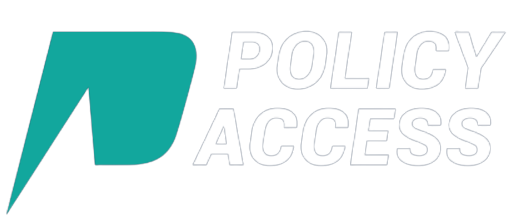Policy Research, Analysis and Advocacy
Sharing regular analysis of any new policies, rules, bills, and guidelines that the central and state governments may come up with that have a bearing on you.
Developing issue based concise and persuasive documents to articulate your positions to key stakeholders.
Developing issue based concise and persuasive documents to articulate your positions to key stakeholders.


Execution Support (PPP-MII & G2B)
Guiding through the End-to-End Make in India (PPP-MII) registration process including preparation and pre-submission reviewing of documentation to avoid to and fro, delay and rejection.
Fast- tracking GeM Portal registrations to achieve quick turn around.
Fast- tracking GeM Portal registrations to achieve quick turn around.




